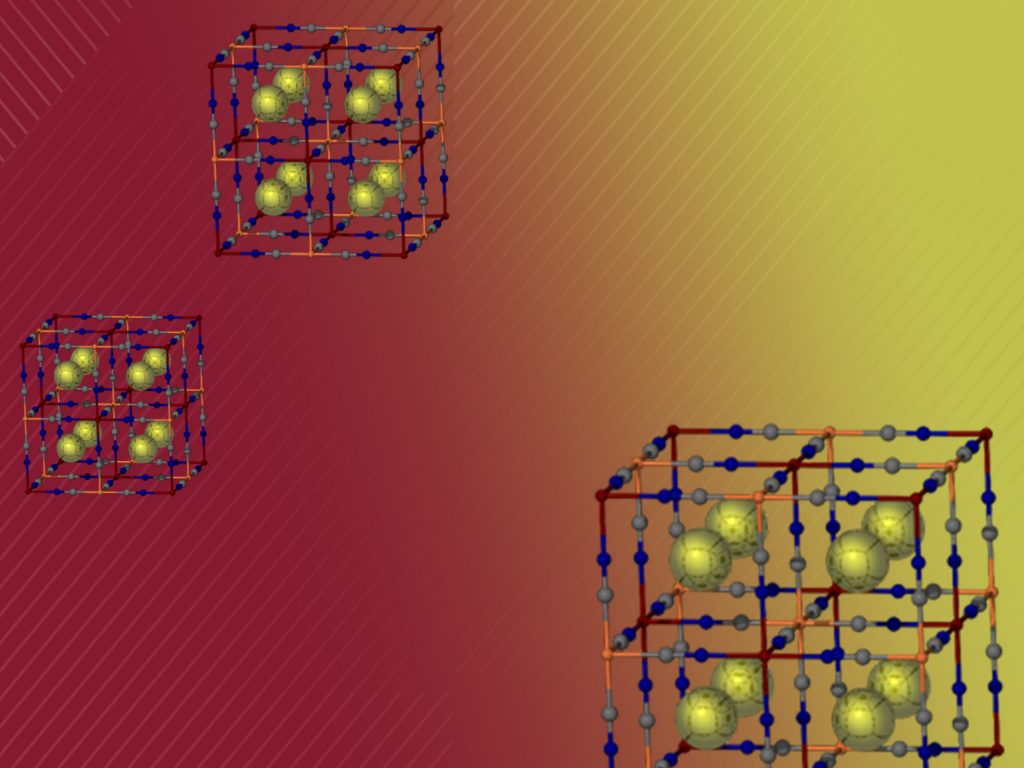
On-demand virtual event
Materials Science
How can crystalline materials be designed to store and release liquid active ingredients (L-AI)? The release profile can be related to the solid-state arrangement of the material, offering a strong and rational tool to afford a vast range of materials for controlled delivery of L-AI. Widely known examples of compounds relevant to human health and nutrition which are liquid at ambient conditions are propofol, vitamin E, nicotine, and terpenoids and phenolic derivatives used as natural antioxidants such as carvacrol, eugenol, eucalyptol, and valproic acid. The thermodynamic requisites to embed liquid ingredients in a crystalline form will be discussed. Cocrystallization is shown to be a powerful method to control the release of such liquid ingredients in the environment, thanks to the engineering of ad hoc intermolecular interactions which strengthen or weaken the tendency of the ingredient to be retained inside the solid matrix. Similarly, L-AI have been encapsulated within adaptable cavities of Metal Organic Frameworks intentionally designed to uptake such guests; the evolution in time of the supramolecular arrangement of the nano-confined guests in the cavities has been monitored by SCXRD and related to the observed selectivity of the material towards different liquid guests.
Keep learning. Excel in your career.
Choose from more than 200 courses in seven different categories, taught by experts in the chemistry community, online and in person.
